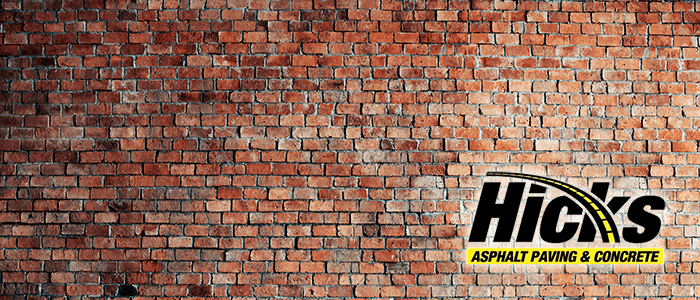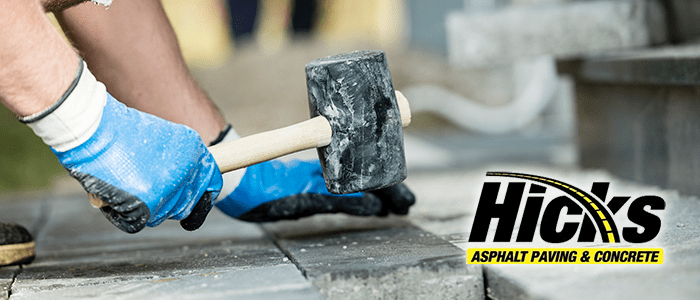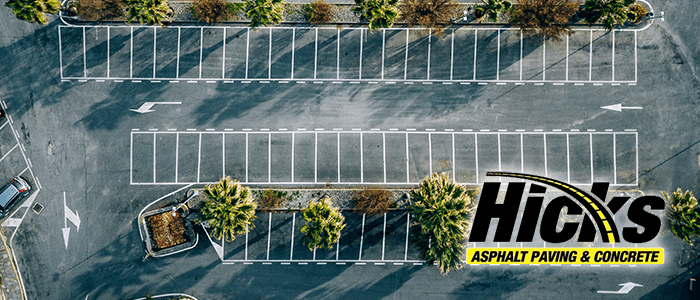Most of cross at least one bridge a day, yet we rarely take bridge building into account. Whether it is just an overpass on our way to work, or a suspension bridge such as the Golden Gate Bridge. Some are large, some are small, some are old and some are new. Most of never stop to think what goes into the making of a bridge. The most important part about building a bridge is the planning. You have to plan the location, the materials needed, how much it will be used and the timeline or deadline for the project. Read on to learn the basics of bridge building.
Types of Bridges
There are a few different types of bridges that are used quite often around us:
Beam Bridges
These consist of horizontal beams that are held by piers at each end. The piers support the beam weight. Most importantly, these piers can’t be too far away. Therefore, beam bridges are typically shorter.
Truss Bridges
These bridges are basically a collection of triangles. They are made with steel beams in a series that are positioned straight.
Arch Bridges
These are on older design that can be repurposed. They used to be made out of stone that weighed tons, but modern arch bridges are made out of concrete.
Suspension Bridges
Suspension bridges are usually the longest bridges and can support the most weight. These are made out of steel, rebar, concrete and iron.
Location
Location is essential to the success of a bridge. For instance, if you choose a bad location, that makes it susceptible to damage and possible collapse. If there is water nearby or under the chosen location that complicates things a little bit. The water salinity, or salt content, changes the materials that can be used.
If it is going to be a pedestrian walking bridge then the materials won’t be under such strenuous wear and tear. If it going to be used as a multiple lane highway, then the materials will be have to be thicker and stronger.
Materials
The most common materials are steel, rebar, iron, concrete, and asphalt. The material used depends on the location.
Firstly, most arch bridges are started with wood. As the bridge is started, wood falseworks, or frames, are put in place for support and to hold it together in the starting stages.
Suspension bridges handle a lot of stress and wear, which means they are commonly made with lots of steel and iron. They use a think wire to help hold the bridge in place.
Beam bridges are commonly used for trains and can bear a heavy load. They have steel beams that run horizontally making them typically shorter bridges. The steel framework of this bridge is filled with concrete for extra support.
Truss bridges are typically made with wood. The truss bridges are shaped like a trapezoid and then have support beams throughout the structure. These support beams transfer the pressures put on the bridge into the ground.
In Summary
In conclusion, these bridges are just a few different types of bridges. Certainly, the technique and time that goes into creating these bridges must be well managed. Finally, location is a huge factor in which bridge design is chosen and that determines the materials used.





